'Kill the woman, burn the bus': Certis officer recalls chants of crowd in Little India riot


SINGAPORE - A rock the size of a fist slammed into his head as shattered glass rained down on him during the riot in Little India on Dec 8, 2013.
Certis officer Nathan Chandra Sekaran, then 34, was surrounded by hundreds of rioters, who were so close he could smell the stench of alcohol on their breaths.
"They were chanting in Tamil, 'Kill the woman, burn the bus,'" he said. "They told me to leave and said they didn't want to have a problem with me because I was Indian. But how could I? I told them it was my duty to protect that woman, so I could not go."
That night, several hundred migrant workers had surrounded a private bus that had run over and killed Mr Sakthivel Kumaravelu, 33, a construction worker from Tamil Nadu in India.
The rioters blamed the bus timekeeper, Madam Grace Wong Geck Woon, and the bus driver, Mr Lee Kim Huat, for the man's death. They wanted to attack the duo as they holed up inside the bus.
The rioters were especially upset with Madam Wong, because of a rumour she had pushed Mr Sakthivel off the vehicle.
As timekeeper, she was responsible for the movement of buses transporting foreign workers from Little India to their dormitories in Jalan Papan in Jurong.
Corporal Nathan, now 44 and a Certis officer of more than 13 years, remembered glass shards and debris falling out as he unbuttoned his uniform after the riot.
Earlier that day, the Malaysian had reported for his shift at Little India. It was a volunteer shift on top of his usual duties at hospitals.
He did this every weekend, to educate foreign workers about Singapore's laws while patrolling Little India.
Just before 9.30pm, he was in Race Course Road near the junction of Hampshire Road when he and his colleagues saw an oddly parked bus in the middle of the road.
He said a rowdy crowd had surrounded the vehicle, alarming the Certis teams there.
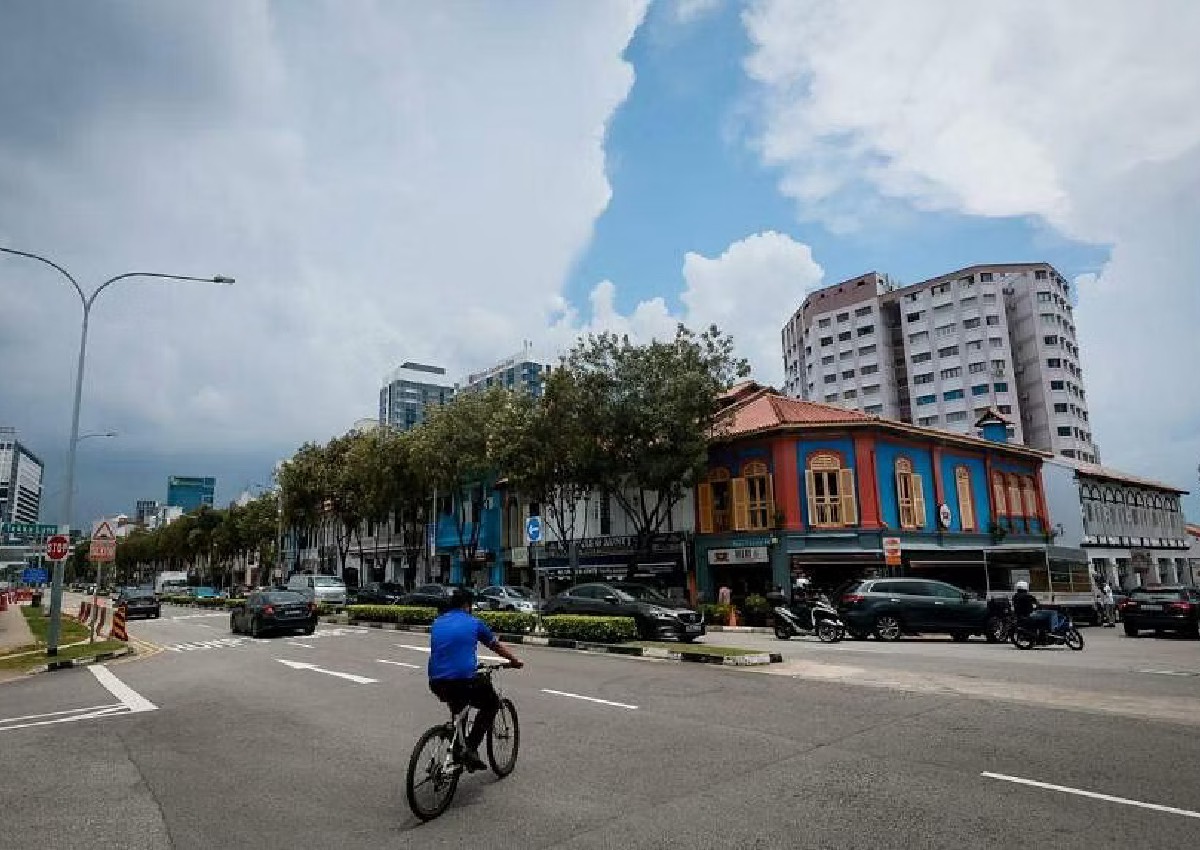
Cpl Nathan said: "Six of us ran towards the bus and saw a crowd of about 50 people surrounding and throwing glass bottles at it."
He said they tried speaking to the crowd, in Tamil, and warning them but to no avail.
He said the workers were angry with Madam Wong.
"There were several rumours. Some said she pushed him off the bus, some said he had initially been alive and stuck under the bus," said Cpl Nathan.
The Committee of Inquiry (COI) convened to probe the riot found that the rumours were untrue.
Cpl Nathan did not know there was also a driver hiding with Madam Wong.
All he and his colleagues knew was that they had to protect her. So, the six of them stood in a row in front of the bus entrance to form a human barrier.
But the angry mob swelled, greatly outnumbering them.
Said Cpl Nathan: "About 300 of them surrounded us, throwing rocks, glass bottles and bricks. Even though we were injured and in pain, we refused to leave the woman behind."
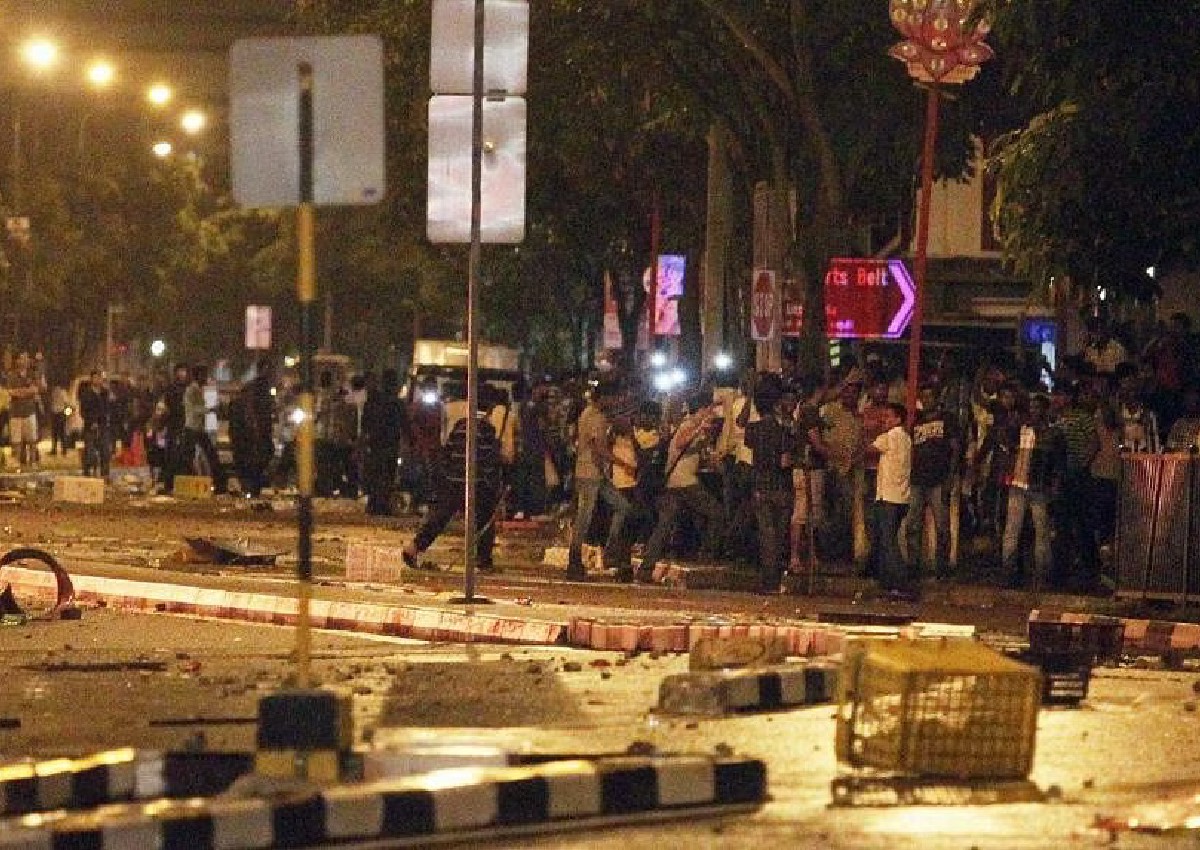
He added that they chose not to draw their guns to avoid escalating the situation.
Instead, they used only their batons to keep the rioters at bay.
Cpl Nathan said about three migrant workers helped the officers in trying to stop the mob.
For about 20 minutes, the outnumbered group was battered by the rioters, but stood their ground.
Cpl Nathan said: "We could only hope backup would come in time. We did what we thought was right, as there were no clear instructions because the communication channels were down."
Meanwhile, his superior, Staff Sergeant Mahmood Masdar, then 47, was about 200m away near the junction of Rotan Lane and Chander Road.
Staff Sgt Mahmood had heard about an incident taking place in Race Course Road, and was told by the police to approach any police officers there.
He said he saw several uniformed police officers taking instructions from a woman, who was in civilian clothes and had a police pass around her neck.
When he approached her, she ordered him to stay away from the danger zone, which was where the bus was.
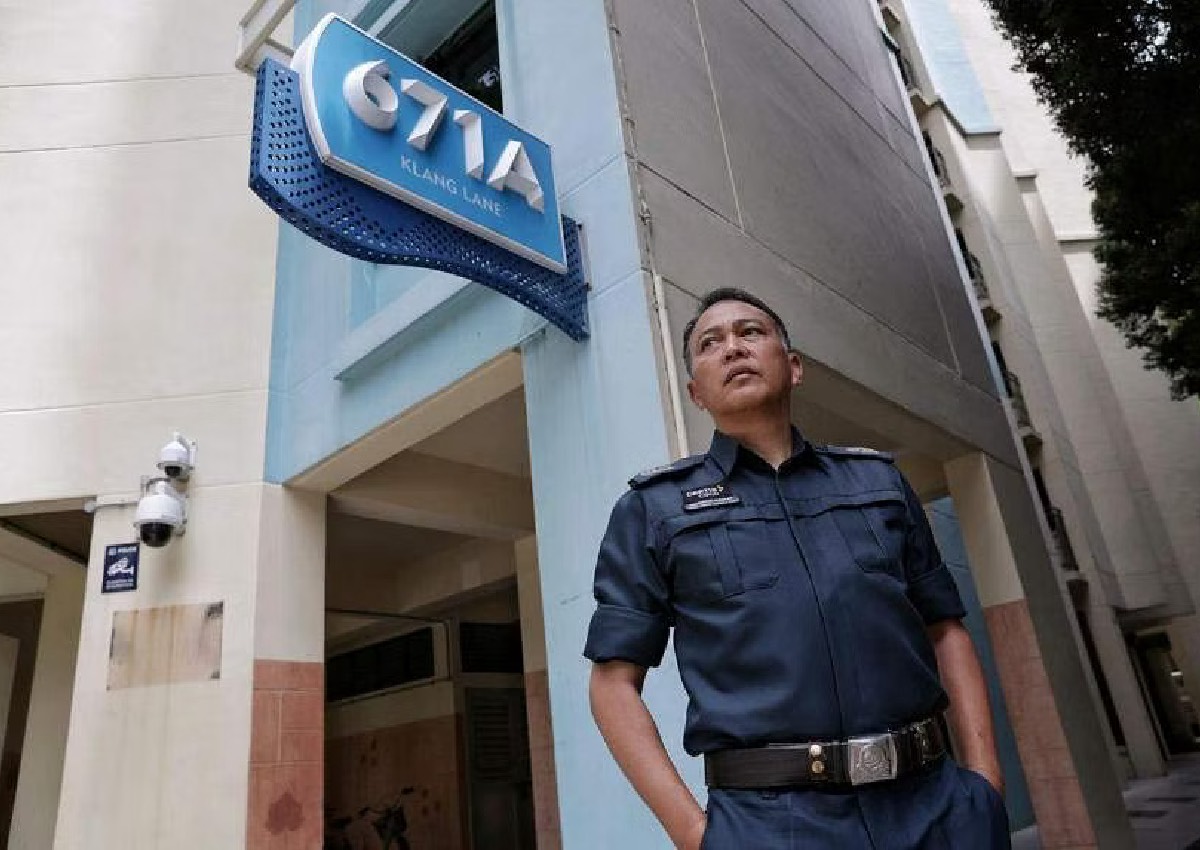
Instead, they were to stay put at the junction of Race Course Road and Hampshire Road.
Staff Sgt Mahmood could only watch helplessly as his men were attacked.
He said: "I asked the policewoman if they could spare some protective gear for my men, but she said they did not have enough for their own officers."
Staff Sgt Mahmood saw rioters flip over a police car barely 10m away, and burn it.
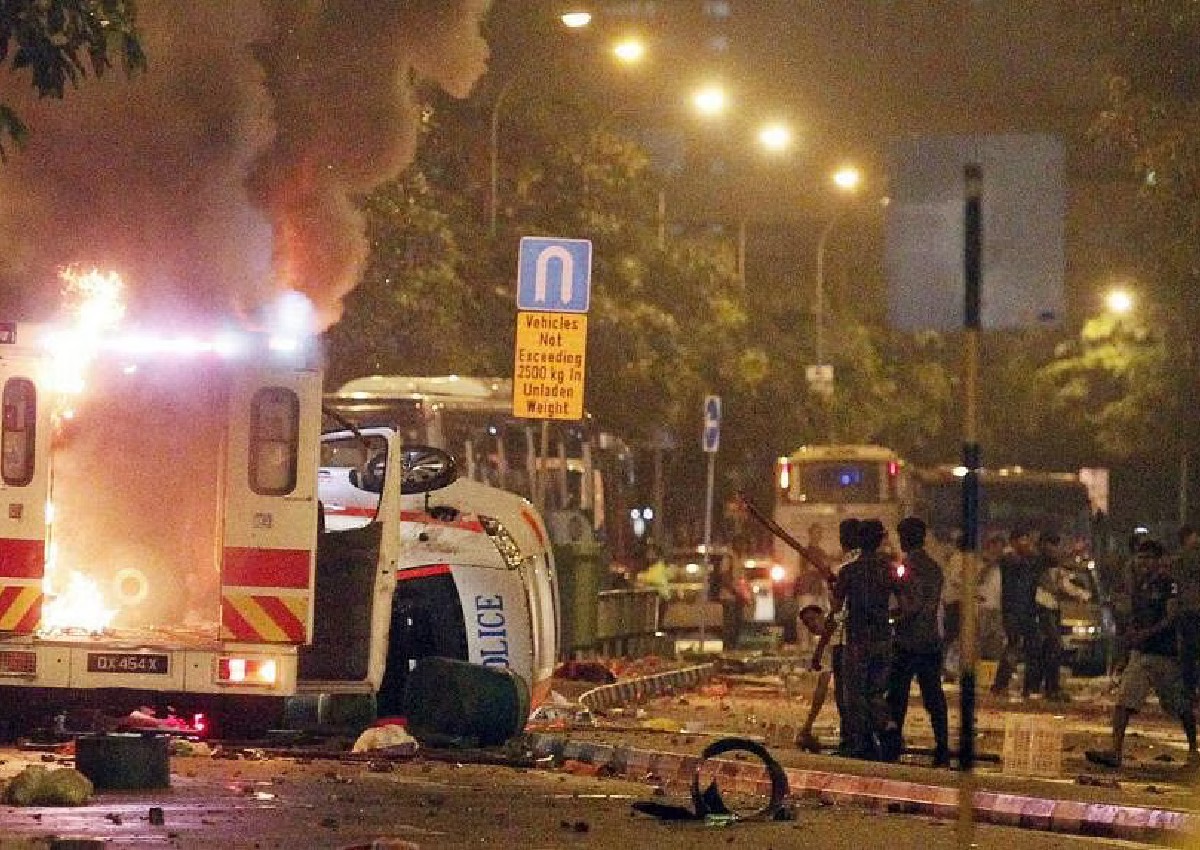
He added: "I said 'Madam, they are going to flip the car, we should stop them'. But she said our orders were to stay put."
He was then ordered to go to Kampong Java Road to manage traffic, letting only police and Singapore Civil Defence Force (SCDF) vehicles into Little India.
SCDF personnel who responded to the incident were crucial in the extrication of Mr Sakthivel's body, and in the rescue of Mr Lee and Madam Wong.
Senior Assistant Commissioner of Police (SAC) Arthur Law, then deputy commander of Central Division, arrived at the junction of Race Course Road and Bukit Timah Road.
Now commander of the Special Operations Command (SOC), he said of the scene that night: "It was surreal. I've gone through overseas exchanges and training attachments, and had much exposure to public order tactics. But that night, I saw vehicles being overturned and torched. That was nothing I had encountered before."
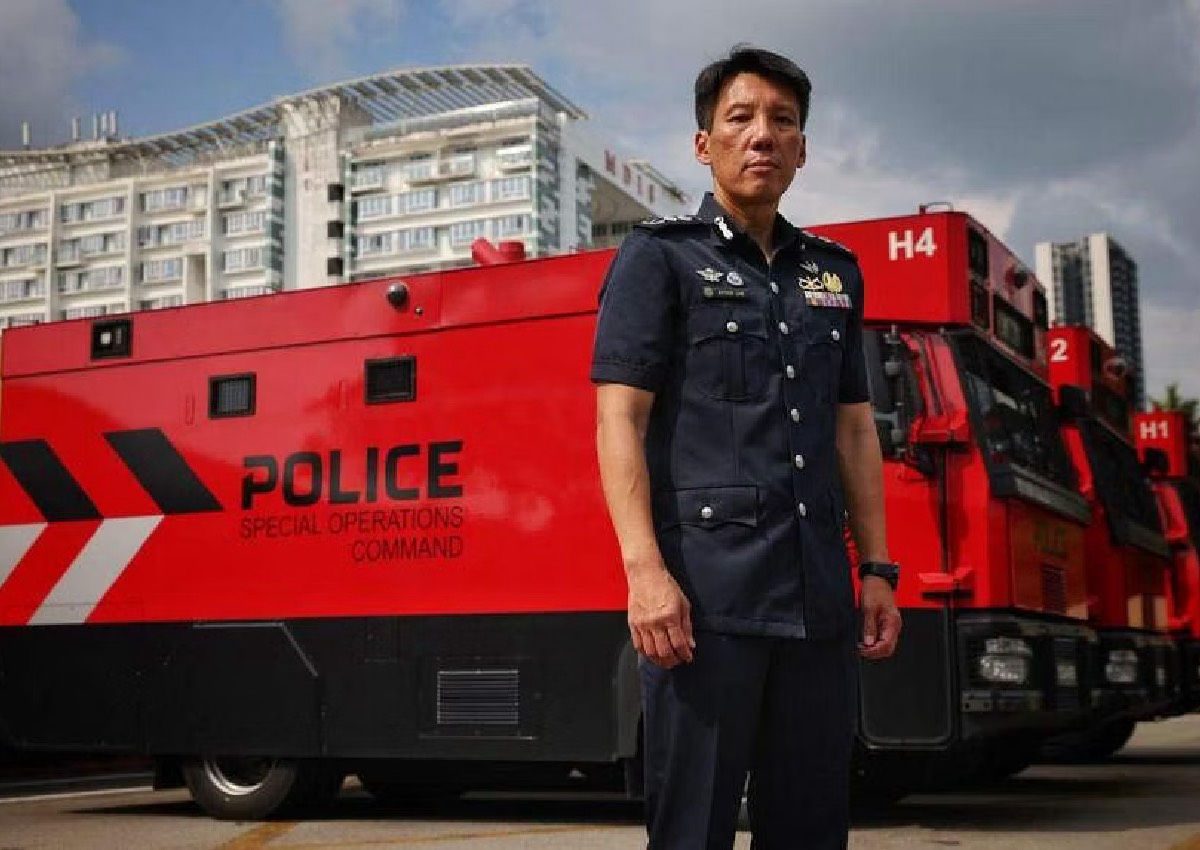
He saw Assistant Superintendent of Police (ASP) Jonathan Tang, who was injured, organising the other officers.
SAC Law said: "I saw blood flowing from his forehead. I was quite taken aback by his injury, and asked him if he was all right."
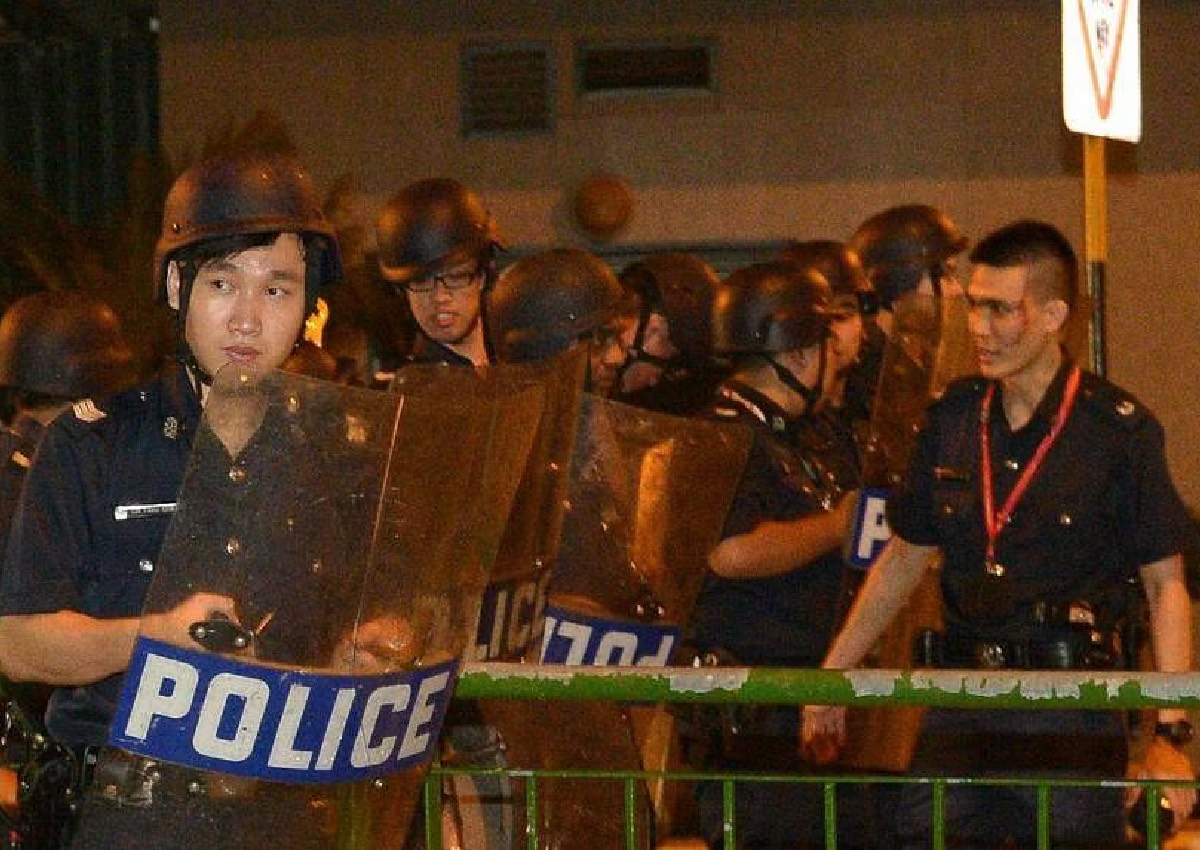
ASP Tang said he was, and continued to hold the line at the junction with SAC Law until the SOC arrived and quelled the riot.
A total of 25 people were arrested at the scene that night.
In the incident, 37 police officers, 12 SCDF officers, five Certis officers and eight members of the public were injured.
More than $530,000 worth of property was damaged, including 23 emergency vehicles.
Deputy Commissioner Daniel Seet, who was then commander of the SCDF's First Division, recalled how everyone found it difficult to grasp the situation at the start, especially those who were not there that night.

He arrived at the scene after the riot was quelled and saw the burning wrecks of vehicles.
"I was walking up and down (Race Course Road), trying to take it all in," he said.
"I walked past the ambulance that had been set on fire, and it was not easy trying to wrap my mind around what had happened."
Mr Seet said SCDF officers felt guilty about retreating from the area as they were attacked.
But he said: "I thought tactically that (retreating) was the right call."
The COI's report on the Little India riot found several lapses by the police, although it said that overall the police had responded relatively swiftly and efficiently.
The report highlighted several areas for improvement:
ALSO READ: Secret society headman who returns to Singapore after 30 years jailed
This article was first published in The Straits Times. Permission required for reproduction.